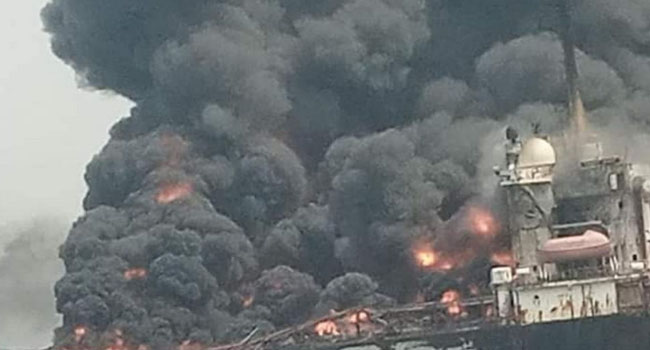chemical explosions, industrial accidents, safety measures, chemical industry, hazardous materials, explosion prevention, emergency response
In the ever-evolving landscape of industry and technology, chemical explosions continue to pose a significant threat to both human life and the environment. These catastrophic events, often resulting from a combination of factors, have far-reaching impacts that highlight the urgent need for stringent safety measures and comprehensive prevention strategies across the chemical industry. This article delves into the causes, impacts, and prevention measures associated with chemical explosions in contemporary times.
Understanding the Causes:
Chemical explosions typically arise from a complex interplay of factors that involve hazardous materials, equipment failure, and human error. The rapid advancement of chemical processes and the introduction of novel compounds have added a layer of complexity to the potential triggers of these explosions. Lack of proper maintenance, improper handling of volatile substances, and inadequate supervision further amplify the risk.
The Impacts:
The impacts of chemical explosions are profound and multifaceted. From immediate casualties and injuries to long-term health effects caused by exposure to toxic substances, the toll on human life is alarming. Furthermore, these incidents often result in massive property damage, disruption of local ecosystems, and contamination of air, water, and soil. The Bhopal disaster of 1984 and the Tianjin explosion of 2015 stand as stark reminders of the devastating consequences that chemical explosions can unleash.
Prevention Measures:
Recognizing the imperative to prevent chemical explosions, industries have been increasingly investing in advanced safety protocols and technologies. One key approach is the development of inherently safer processes, which involves designing chemical manufacturing processes that inherently minimize the risk of explosions. This might entail using less hazardous substances or employing smaller quantities of hazardous materials. Additionally, improved monitoring systems, such as sensors that detect changes in pressure and temperature, aid in preventing abnormal conditions that could lead to explosions.
Regulations and Compliance:
Regulatory bodies worldwide play a crucial role in ensuring the safety of chemical industries. Agencies like the Occupational Safety and Health Administration (OSHA) in the United States and the European Chemicals Agency (ECHA) in Europe set forth guidelines and regulations to which companies must adhere. Regular inspections and audits help maintain compliance and drive industries to continuously assess and mitigate risks.
Training and Education:
Comprehensive training and education programs are instrumental in minimizing the potential for chemical explosions. Workers must be well-versed in handling hazardous materials, operating equipment safely, and responding effectively to emergencies. By fostering a culture of safety and providing ongoing training, industries can empower their workforce to make informed decisions and take swift action when necessary.
Emergency Response:
Even with the best prevention measures in place, chemical explosions can still occur. In such cases, a well-prepared emergency response plan can mean the difference between containing the situation and exacerbating the damage. Swift evacuation procedures, communication protocols, and the availability of specialized response teams are critical components of an effective emergency plan. Regular drills and simulations help ensure that all personnel are familiar with their roles and responsibilities in the event of an explosion.
Technological Innovations:
Advancements in technology have provided new tools for preventing, monitoring, and responding to chemical explosions. Artificial intelligence and machine learning algorithms can analyze vast amounts of data in real-time, identifying patterns that might indicate potential hazards. Drones equipped with sensors can be deployed to assess the extent of damage in hazardous environments, reducing the need for human exposure.
Collaboration and Knowledge Sharing:
In an era of interconnectedness, collaboration and knowledge sharing among industries, regulatory bodies, and research institutions are paramount. By openly sharing information about past incidents, best practices, and emerging technologies, stakeholders can collectively work towards a safer chemical industry.
Conclusion:
Chemical explosions remain a significant concern in contemporary society, given their potential for devastation. However, the ongoing efforts of industries, regulatory bodies, and technological innovators are steadily enhancing prevention measures and emergency response protocols. Through a combination of rigorous compliance, comprehensive training, technological advancements, and a commitment to safety, we can strive to minimize the occurrence and mitigate the impacts of chemical explosions in today’s world.











